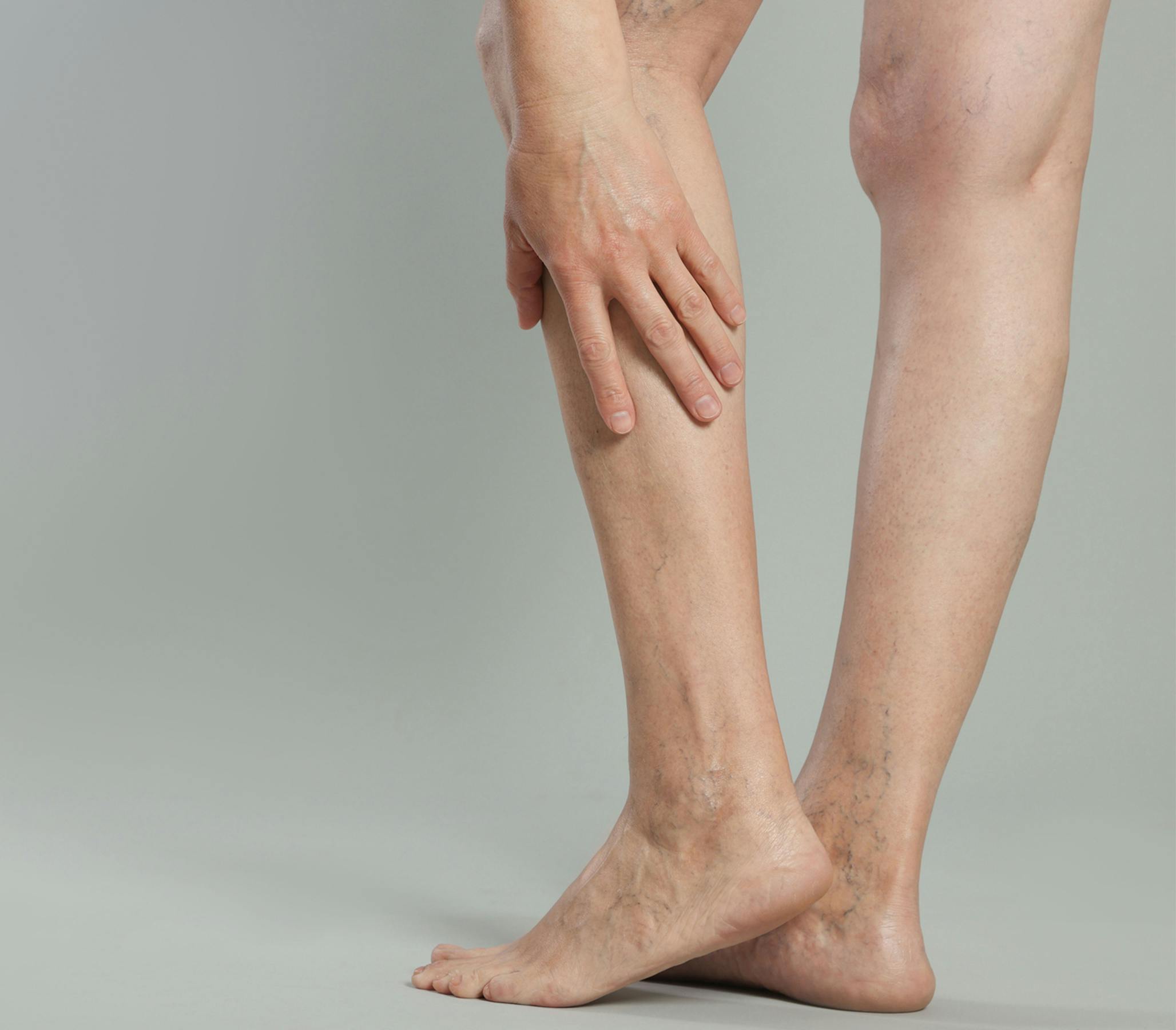What causes spider veins?
Spider veins, medically known as telangiectasias, are small, twisted blood vessels that are visible through the skin. They appear as thin, web-like networks of red, blue, or purple veins, usually on the legs and face. These veins develop due to weakened or damaged valves in the veins, which leads to the pooling of blood and increased pressure, causing the veins to become enlarged and visible. While they are primarily a cosmetic concern and typically do not cause health problems, some individuals may experience discomfort. Spider veins can appear due to genetics, aging, hormonal changes, and lifestyle habits.
Spider veins result from weakened or damaged valves in the veins. In a healthy vein, valves assist in returning blood to the heart. When these valves fail, blood pools in the veins, increasing pressure and causing the veins to stretch and become visible. Factors contributing to the development of spider veins include:
- Genetic predisposition: A family history of venous issues can increase the likelihood of developing spider veins.
- Age: The risk increases with age as veins lose elasticity and valves weaken.
- Hormonal changes: Fluctuations during pregnancy, menopause, and birth control pills can lead to spider veins.
- Lifestyle factors: Prolonged standing or sitting, obesity, and lack of exercise can contribute to their formation.
- Sun exposure: Especially for fair-skinned individuals, excessive sun exposure can cause spider veins on the nose and cheeks.







